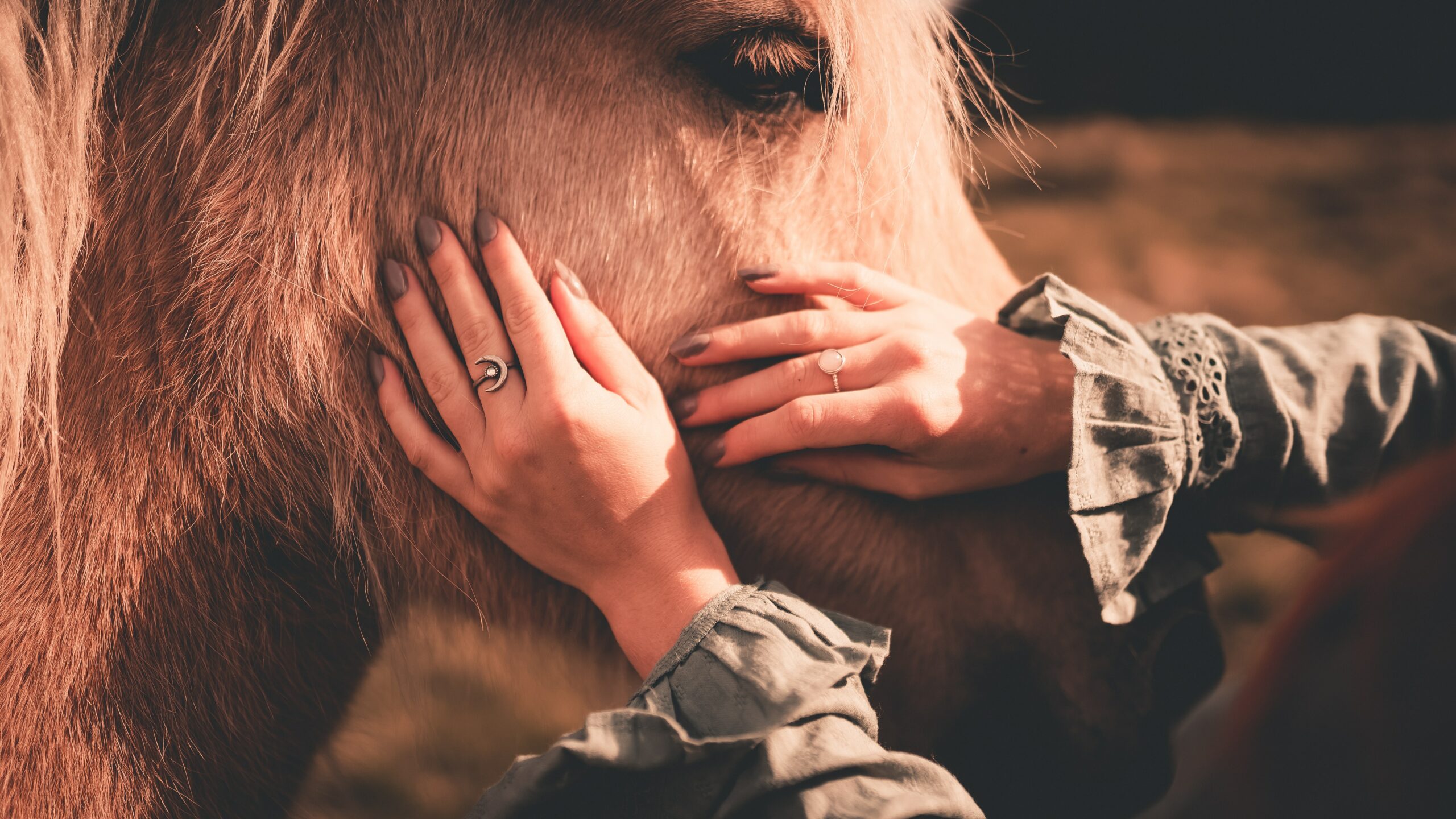Hey there! It’s your pal Jack here, and today we’re gonna talk about those areas on a horse where they just don’t appreciate being touched.
I remember when I was first learning to ride, I had a horse named Charlie who was a total sweetheart. But there was one spot on his body that, if I accidentally touched it, he would get all skittish and jumpy.
It was his girth area, right behind his front legs. I didn’t even realize I was doing anything wrong until my instructor pointed it out to me.
Table of Contents
The Girth Area
So let’s start with the girth area, since that’s the spot that gave me the most trouble. This is the area behind a horse’s front legs, right where the saddle girth goes. It’s a sensitive spot for a couple of reasons. First of all, it’s a high-stress area for a horse when they’re being ridden.
All that weight and movement puts a lot of pressure on their muscles and joints in this area. So if you’re accidentally bumping or poking them while they’re being ridden, it can be pretty uncomfortable for them.
The other reason this area is sensitive is because it’s close to a lot of their vital organs.
Their kidneys and liver are located in this area, so if you’re poking around back there, you might be inadvertently hitting a sensitive spot.
The Head and Ears
Another area that horses can be touchy about is their head and ears.
This is especially true for horses who are not used to being handled a lot, or who have had negative experiences with humans in the past.
Their ears are a really important part of their communication and sensory system.
Now, I’m not saying you should never touch a horse’s head or ears. In fact, as a rider or handler, it’s important to be able to do so confidently and safely. But it’s important to be aware of a horse’s body language and to respect their boundaries.
If a horse is shaking their head or pulling away from you when you go to touch their ears, it’s a pretty good sign that they’re not comfortable with it. In that case, it’s best to back off and give them some space.
The Feet
Lastly, we have the feet. Now, I know this one might seem like a no-brainer, but you’d be surprised at how many people don’t realize how sensitive a horse’s feet are.
Their feet are pretty much their only way of getting around, so it’s important to handle them with care. When you’re picking out their hooves, make sure you’re using a gentle touch and not yanking or pulling on their leg.
And if you’re not sure what you’re doing (which is totally okay, we all have to learn sometime!), it’s always a good idea to have a more experienced person around to show you the ropes.
In conclusion, while horses are generally gentle and loving creatures, it’s important to be mindful of their boundaries and to handle them with care.
By paying attention to their body language and being respectful of their sensitive areas, you’ll be well on your way to building a strong bond with your equine friend.
The Neck
Another sensitive spot on a horse is their neck. This is especially true around their poll (the top of their head) and their throatlatch (the area just below their jaw).
Horses use their neck and head to communicate with us and with other horses, so it’s important to be mindful of how we’re handling them in this area. For example, if you’re grooming a horse and they start to pull away or tense up when you go to brush their neck, it’s a good idea to give them a break and come back to it later.
The Back and Spine
The back and spine are also sensitive areas on a horse. This is especially true for horses who are not used to being ridden or who have had negative experiences with saddles or riders in the past.
It’s important to be gentle and use a light touch when handling a horse’s back and spine, and to pay attention to their body language.
If a horse is tense or seems uncomfortable when you touch their back, it’s a good idea to stop and give them a break.
Conclusion: “A Gentle Touch Goes a Long Way”
In conclusion, it’s important to remember that horses are sensitive creatures who have their own boundaries and need for personal space.
By being mindful of their sensitive areas and handling them with care, we can build strong bonds with our equine friends and create positive experiences for both ourselves and them.
So remember, a gentle touch goes a long way when it comes to horses!
